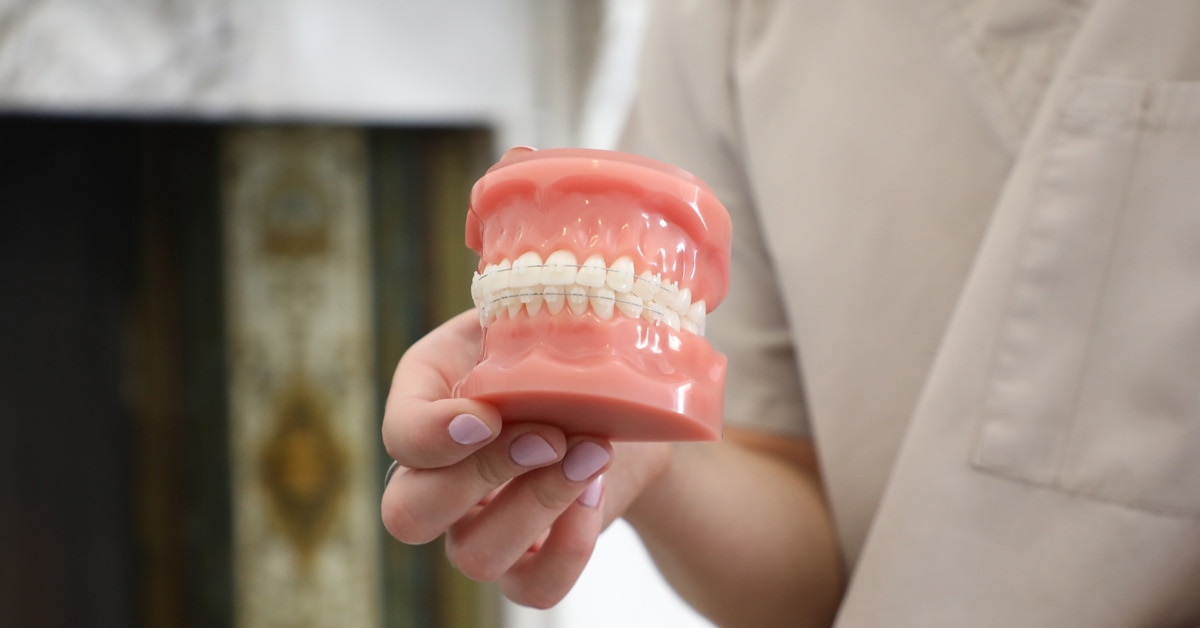

Braces are used to straighten teeth for people who have crooked teeth or a misaligned bite. They apply gentle pressure to the teeth on a continuous basis, which will eventually shift them into a more even alignment.
Orthodontists and General Dentists undertake the same training initially, but orthodontic specialists complete 3 years of further training after they graduate dental school.
Orthodontic specialist training goes beyond basic dental training and have a more specific focus. They are specifically trained so that they can very accurately predict how teeth will move.
When you meet with the Orthodontist, he/she will ask you questions about your health and perform a clinical exam. The orthodontist will likely order a series of X-rays of your mouth, take photographs and create a 3D model of your teeth. Once he/she has all the relevant information, the orthodontist will prescribe a plan of treatment best suited for your particular situation.
Metal Braces are the most prevalent type of braces. They comprise of metal brackets, rubber bands and archwires which are attached to the front of your teeth with special glue.
Metal braces are the most affordable and versatile option. They can be used to correct more severe cases of misalignment. They’re also the least subtle option.
Ceramic braces are similar to metal braces in terms of mechanism, the difference is that they’re made using ceramic material which blends better with the natural colour of the teeth.
Lingual braces are also similar to metal braces: they’re both made of metal and they have the same components. The difference is that lingual braces are attached to the back of your teeth, making them virtually invisible.
Invisalign is very different from the previous types of braces because they don’t use the typical brackets and wires, instead, they’re based on a system of custom-made clear plastic aligners you wear over your which you change every couple of weeks.
Typically, the orthodontist will begin by thoroughly cleaning and drying the teeth. They will then apply glue to your teeth in order to attach the brackets. Once they are in place, he/she will install the wire into the brackets and use elastic to secure them in place. The entire process usually takes between 1 hour.
Though the procedure itself is not painful, it is not uncommon to feel some level of discomfort afterwards. Initially, your tongue and cheek will rub against the braces, which may cause some sensitivity, and your teeth may feel sore. Getting used to the braces will typically take about a week.